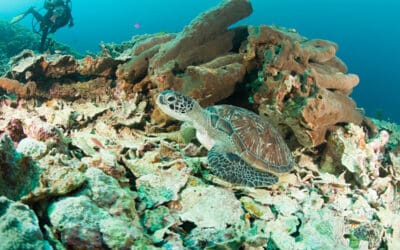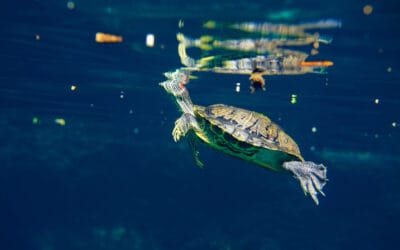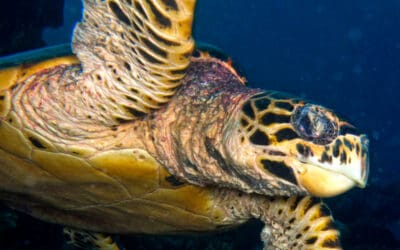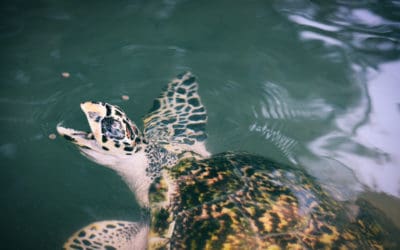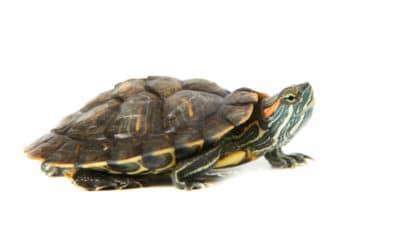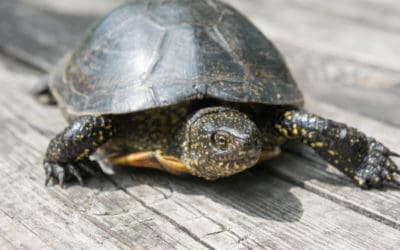Worms in a turtle tank – how did they get there and what does their presence mean?
Every single animal that lives on our planet is strictly connected with parasites, worms, and other insects of many different kinds. Even human beings are quite often “victims” of these creatures. If you came to this place, then it means that you are dealing with a problem of worms in a turtle tank. Though it sounds and looks like a very dangerous situation, I want to assure you that having worms in a turtle tank is quite a common issue and, as a result of such, there are many different methods of removing them without worrying about your pet.
Still, there are quite a lot of types of worms that you may have in a turtle tank. Some of them are completely harmless and will not cause any serious consequences to your animal. However, there are some dangerous ones that live off turtle’s meat and attack weakened animals. Those worms are a serious threat and should not be left without proper action. But how to make sure that worms in a turtle tank are safe? Well, here comes my article.
In this entry I would like to talk about the most common worms that appear in a turtle tank. Besides that, my 10-year-old expertise will help you understand the reasons for their appearance. Obviously, besides that there will be some tips and tricks to help you get rid of both dangerous and harmless worms from your turtle as well as the reasons why they appear in the first place.
First of all, why do the worms appear?
The main reason for these creatures to appear in your animal’s habitat is because of dirt. Usually, water is changed not as frequently as it should be, a turtle is getting too much food and the leftovers rot and attracts a wide range of creatures that feed on the carrion. Besides that, we have to remember that a sick turtle that has worms may infect the healthy one and, as a result of that, defecate with the addition of eggs. These eggs change into larvae, and, obviously, they later on transform into worms.
The reason why worms may appear in even clearer environments is because of the amount of additional objects we place there. You see, worms are more common if a turtle tank has river pebbles or gravel. Between the stones there is plenty of space for organic waste to build up. From that moment, the occurrence of worms is just a matter of time.
Which worms are dangerous and which are not?
Another important thing to remember is that some worms are pretty harmless and the occurrence of them may not be the problem you should pay as much attention to as you may think. If you are dealing with the whitish, and thin worms that wiggle a lot, then you and your turtle are pretty safe. Most likely you are dealing with the Detritus worms, which are harmless and do not pose a threat to your animal. Interestingly, they appear in many different colors – they can be black, brown, or even red. It is all due to the fact that there is no single type of such a worm. There are thousands of varieties.
Usually, these creatures can be easily “removed” with the use of… your turtle itself. You see, they are not dangerous to your animal. What is more, the fact that they contain a little bit of nutritional value means you can reduce the portion of the food you give to your pet. In this way, there will be no excess food that can spoil and rot, and your reptile will start hunting for these worms instead.
The Planaria worms as a real threat to your habitat
The real problem appears if you are dealing with the Planaria worms. Because their numbers increase rapidly, they are very difficult to stop from filling up the entire tank. Besides that, they are considered as quite dangerous pests, because these worms are carnivores. It means that they feed on flesh and, sadly, this flesh may be your turtle. The interesting fact about these creatures is that if you cut them in several pieces, they will regrow from each piece. Therefore, it is best not to cut them, because you might do more harm than good.
The good news is that they are not as often as the Detritus worms. As a result, we don’t have to assume that the problem we are facing is that serious. Still, it is important to know the differences, so you can safely determine whether these are harmless creatures or Planaria worms. To do that, look at their head. Of the most distinctive features of these worms is their triangular-shaped head. In this way you can identify, especially if you don’t want to use magnifying glass.
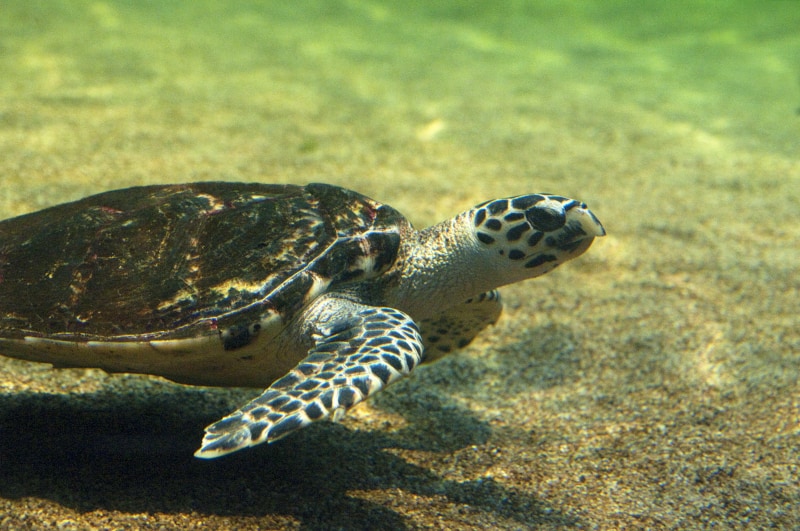
What is the best way to remove worms from a turtle tank?
The answer for this question is not as straightforward as some may believe. You see, there are different recommendations as far as clearing the tank off harmless insects, such as Detritus worms, and the ones that are quite dangerous to your animal – Planaria worms. That is why you need to remember to distinguish these two categories before you carry on with cleaning duties.
As far as the harmless worms are concerned, it is not advised to remove them completely from your tank. You see, Detritus worms are no threat to either turtles or human beings, and as a result there is no point for you to eliminate them. Interestingly, there are even some reasons in favor of sparing their lives. You see, these worms work as decomposers, which is a necessary element of each and every tank. Obviously, you can still keep their numbers in check, so they do not overpopulate your turtle’s tank.
To make sure their population is in check, make sure you reduce excessive feeding. Feeding turtles more and they require means they will leave some of it on the ground. And as a result, it becomes the breeding ground for worms and parasites. Obviously, as a result of that, your turtle may also start looking for other sources of food, which Detritus Worms may be the alternative worth trying out.
Obviously, you can also take care of the tank itself. The first thing to do is to increase the frequency of water changes. The water itself should be replaced once a week (usually half of it per change). Besides that, cleaning of the entire tank should happen every two or three weeks. Another important advice I can give you is to not forget about the water filter. Refresh it once every two or three weeks – usually when you clean the tank thoroughly.
I recommend different, more direct actions against harmful worms
If you want to get rid of the Planaria worms, then you have two options and both of them are much more aggressive. You see, to battle these creatures you should either use a bait or buy appropriate chemicals that will exterminate these worms.
The bait
As far as the baiting method is concerned, we simply use a mesh bag and meat. Once we put it into the tank, turn off the lights. Wait a couple of hours for the planaria to swim to the meat and swarm it. Now, you can pack the bait together with the worms. This method should be carried out as many times as you notice a significant decline in the population of these pests.
The chemicals
At this moment there are dozens of different effective chemicals available on the market. As a result, there is no point for me to recommend any of them, because you will be perfectly fine with most of them. Just make sure you familiarize yourself with the step-by-step instruction that the producer provides. And, for the love of God, make sure you don’t keep the turtle with worms when you treat them with the product.
There are some pet owners that claim that some species of fish can get rid of the Planaria. However, this is not as efficient an option as others and I advise using one of the two mentioned above.
Now you know everything about worms in a turtle tank and how to battle them!
As you can see, worms in a tank of your turtle are not an uncommon thing to witness. Due to the fact that these reptiles are not keen on cleaning all the food they eat, sooner or later you will find yourself with some types of worms or other creatures you did not intend to keep. If these are harmless, Detritus worms, you should be fine with leaving them as it is or simply improving the hygiene of a tank.
However, dealing with dangerous worms like, for example, the Planaria, means direct actions that will eliminate most of these pests from the tank. And this is when you should either use baiting methods or chemicals thanks to which the eradication of the worms will be swift and efficient.
Submit your review | |

